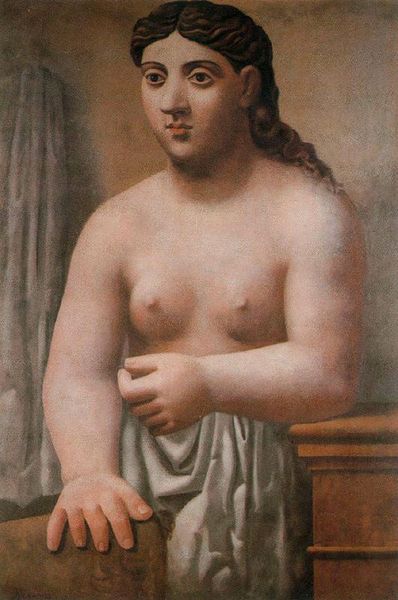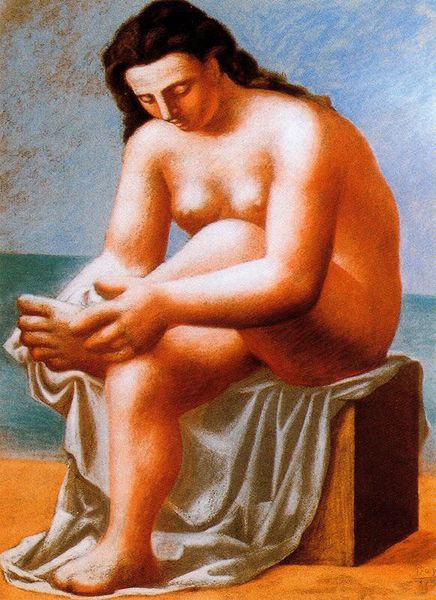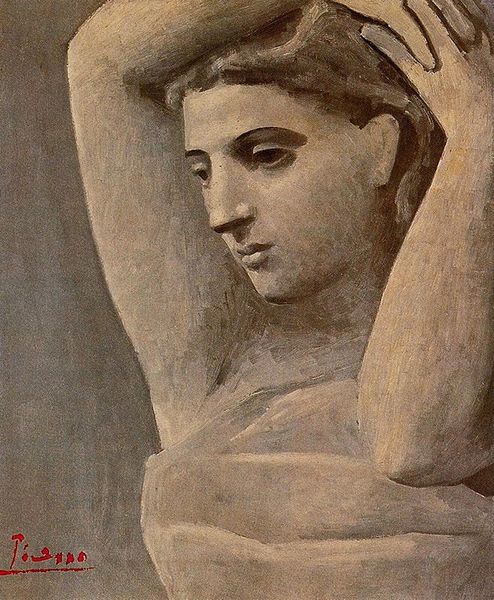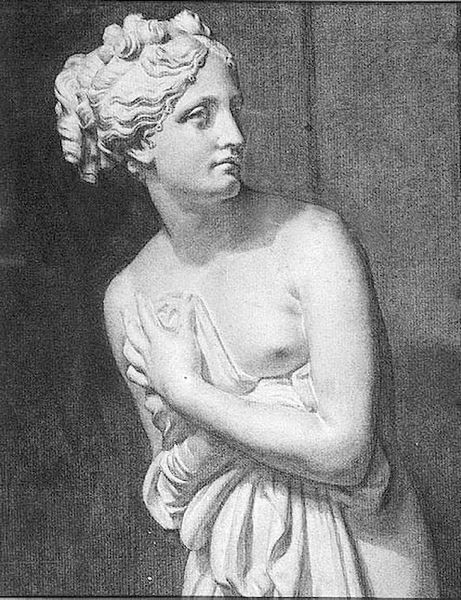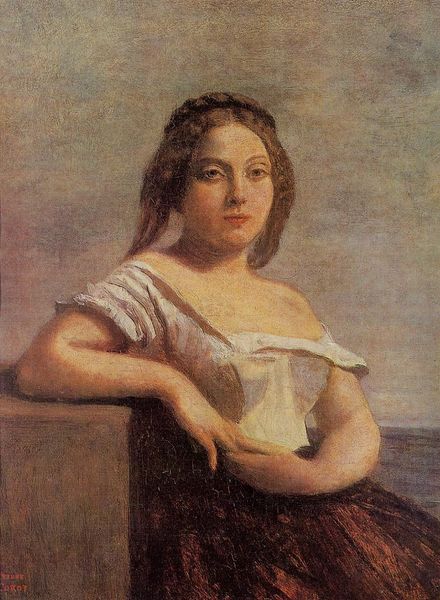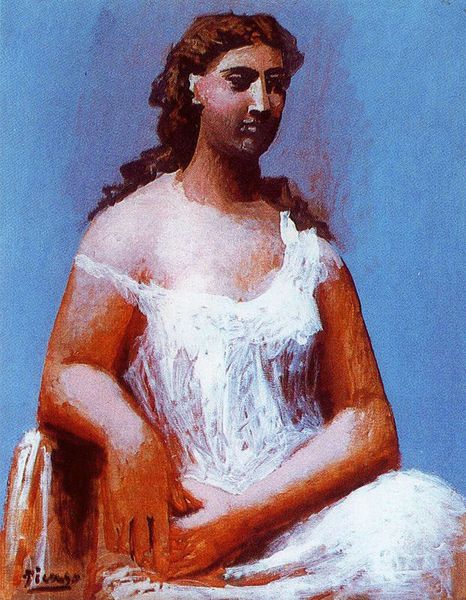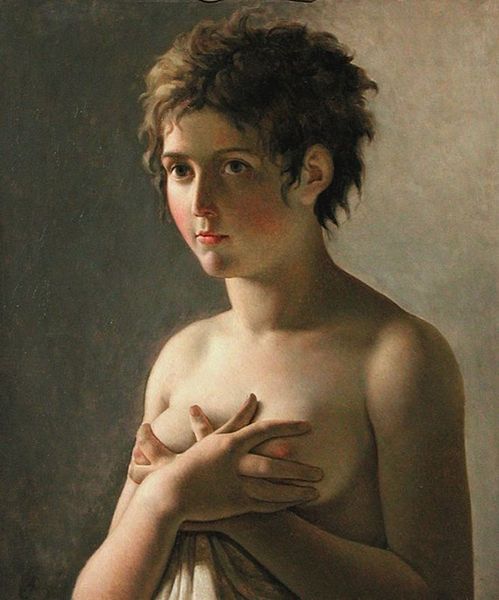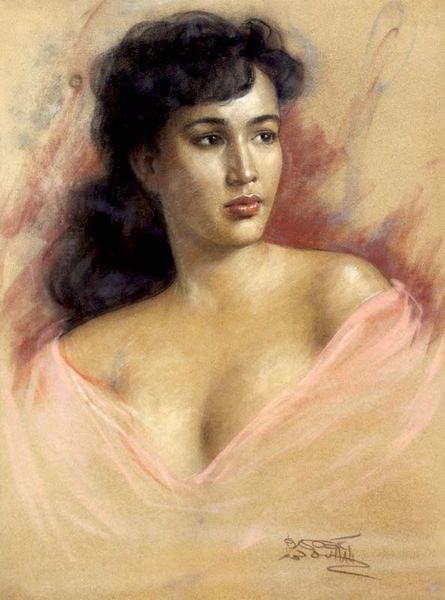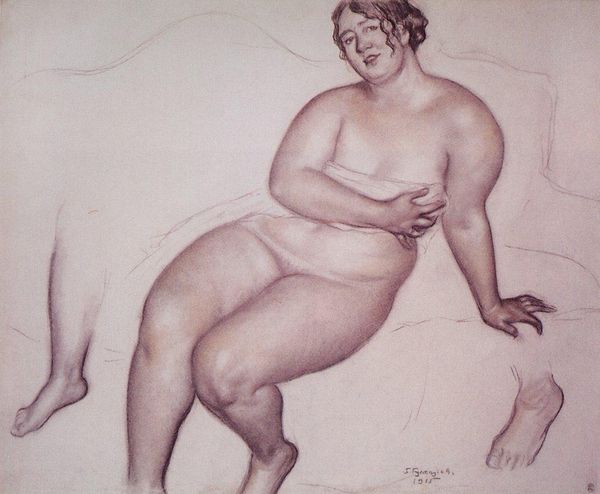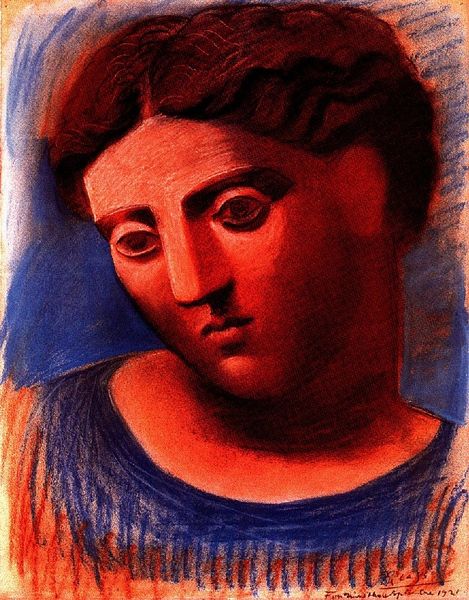
painting, oil-paint
#
portrait
#
cubism
#
painting
#
oil-paint
#
figuration
#
intimism
#
modernism
Dimensions: 116 x 73 cm
Copyright: Public domain US
Editor: We're looking at Picasso's "Seated Woman" from 1921, an oil painting currently housed in the Staatsgalerie Stuttgart. It strikes me as a rather subdued portrait compared to some of his more fragmented Cubist works. What do you see in this piece, particularly regarding its place in the social and cultural context of the time? Curator: Well, its departure from radical cubism in favor of a more classical style does reflect the "return to order" movement that followed World War I. Artists across Europe felt a need to reconnect with tradition and stability. Consider the societal pressures: a war-torn Europe seeking solace in recognizable forms. Does the figure’s monumentality suggest a kind of strength or resilience in the face of that? Editor: I hadn't thought about it that way, but the size of the woman is rather imposing, especially compared to the very muted colors. Is that tension intentional, do you think? Curator: It certainly could be. Museums and galleries at this time were beginning to play a more significant role in shaping public taste and legitimizing certain artistic styles. A more accessible Picasso, like this portrait, allowed his work to gain wider acceptance within those established institutions, normalizing modernism after the avant-garde period before the war. In that regard, her placid facial expression suggests an inner self-assurance in her time period and societal placement. What do you think about that theory? Editor: That's a fascinating connection! Seeing it in the light of cultural shifts makes a big difference. I was initially focused on the art itself, but understanding the period changes everything. Curator: Precisely! It reminds us that art exists not in a vacuum, but in a complex interplay of social, political, and artistic forces. I think that perspective makes us appreciate art for what it represented and currently stands for.
Comments
No comments
Be the first to comment and join the conversation on the ultimate creative platform.
